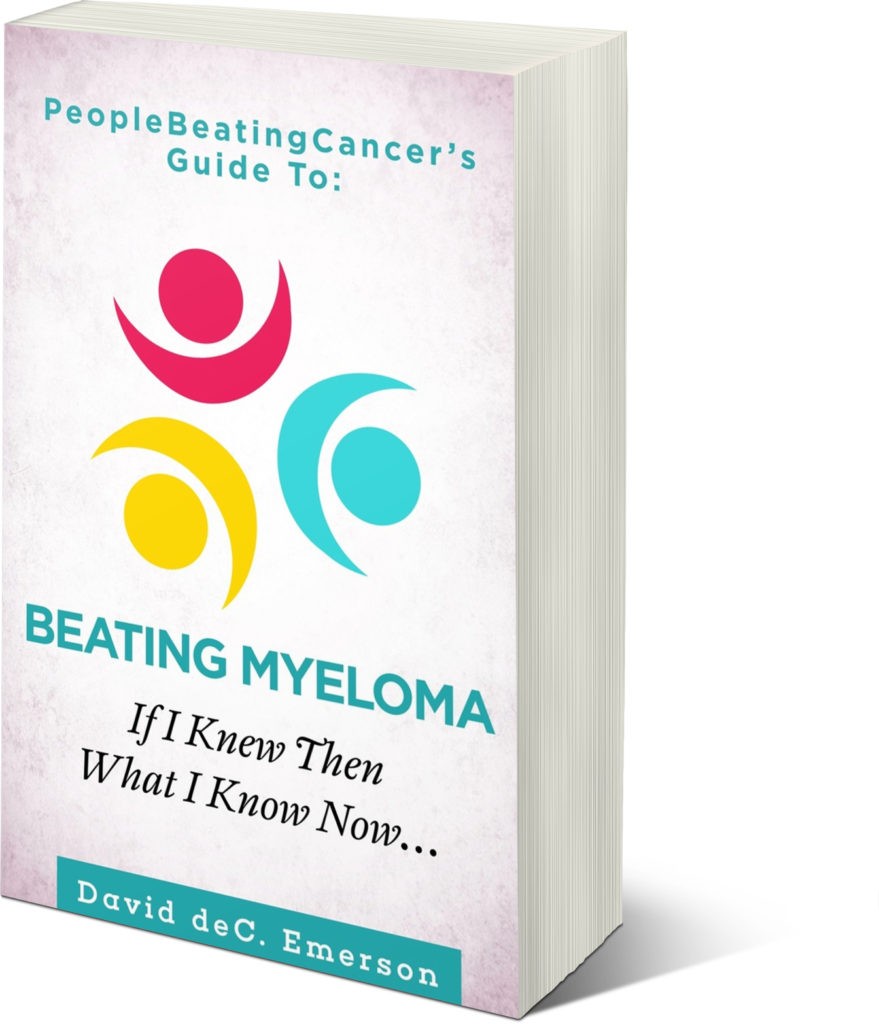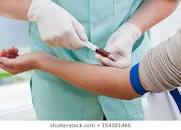
Diagnosed with SMM, SPB, or MGUS?
Learn how you can stall the development of full-blown Multiple Myeloma with evidence-based nutritional and supplementation therapies.
Click the orange button to the right to learn more.
- You are here:
- Home »
- Blog »
- Pre-Myeloma »
- Diagnosed w/ Smoldering Multiple Myeloma- In India
Diagnosed w/ Smoldering Multiple Myeloma- In India

Smoldering multiple myeloma is a plasma cell disorder defined by the presence of a serum monoclonal component of at least 30 g/L and/or between 10% and 60% plasma cells in the bone marrow.
Dear David- On March, 2020, I was diagnosed with Smoldering Multiple Myeloma (SMM) and was told to be monitored on a 3 to 6 months basis.
- IgG = 26.9 g/L,
- Abnormal Band= 19g/L,
- IgG Kappa paraprotein 19g/L.
- Kappa Free light Chains= 479.
- K/L ratio = 43.55,
- Hemoglobin = 140g/L
- IgG= 29.3g/L,
- Abnormal Band = 22g/L,
- Kappa free light chains= 575,
- K/L ratio= 57.5,
- B2M= 2.57 mg/L,
- Hemoglobin= 138g/L,
- LDH= 211U/L
- IgG=33.2g/L,
- Abnormal Band= 30.9g/L,
- Kappa free light chains= 864,
- K/L ratio= 97.07,
- B2M= 2.252,
- Hemoglobin= 114,
- Gamma=34.7g/L,
- LDH= 569 U/L,
- Creatine = 106.08umol/L.
- ESR=42mm/h.
- Zoledronic Acid 4mg
- Dexamethasone 20mg
INJ Bortezomib 2mg
Thalidomide 50 mg (will be given orally) Once a day
2. Dexamethasone 20 mg (will be given orally)
3. Thalidomide 50 mg (will be given orally)
2. Dexamethasone 20 mg (will be given orally)
3. Thalidomide 50 mg (will be given orally)
2. Dexamethasone 20 mg (will be given orally)
3. Thalidomide 50 mg (will be given orally)
- Would you please tell me I am in What stage of SMM or MM?
- Why such a big jump in between 2nd 3rd monitoring? I am 72 years old.
- Appreciate, very much if you guide me accordingly. Thanks lot’
Hi Randeni-
From your information above, my thinking is that you are pre-multiple myeloma, still smoldering MM. I don’t see the “big jump” that you refer to.
I say this for several reasons-
First, your bone marrow biopsy, indicating 10-20% plasma cells is below the threshold for a diagnosis of full blown MM.
Secondly, your Immunoglobulins, Freelight Chains, appear to be high but not MM.
Thirdly, you say that you have no bone involvement. I am guessing, but it seems as though you would mention other symptoms such as nerve pain, fatigue or nerve pain.
As is often the case these days, your oncologist started you on induction therapy (a triplet of thalidomide, revlimid, dexamethasone).
The good news is that you were put on a relatively low-dose triplet (3 drugs is a triplet-TRD). A low-dose should mean less toxicity and few if any side effects. At 72, you should not undergo much, if any, toxicity.
If you respond to your triplet induction therapy- respond meaning very good partial remission or complete remission, please consider discontinuing chemotherapy for now.
If your pre-MM (smoldering MM) is stabilized and if you can stop chemo, you will return to normal and begin healing. I encourage you to eat nutritiously, supplement, exercise moderately, rest and relax.
This is my opinion, of course. Your oncologist may want you to continue chemotherapy. I am a “less is more” kind of MM survivor.
If you reach remission and your oncologist wants you to continue chemo ask him/her these questions:
1) Will more chemo mean more toxicity?
2) Will more chemo make me feel worse?
3) Will more chemo guaranteed a longer overall survival aka longer life?
4) Will more chemo cost more money?
If your oncologist answers yes to these questions, ask yourself why you would want more chemotherapy?
Let me know if you have any questions Randeni-
Good luck.
David Emerson
- MM Survivor
- MM Cancer Coach
- Director PeopleBeatingCancer
Recommended Reading-
- Multiple Myeloma Response – MRD, sCR, CR, VGPR, PR ???
- Free light Chains and Myeloma Remission/Relapse?
- Multiple Myeloma Therapy- Low-dose Maintenance vs. Stem Cell Transplant?
When Does Smoldering Myeloma Become Active Myeloma?
“Smoldering myeloma is a precursor stage of multiple myeloma. Historically, smoldering myeloma patients have not been put on active treatment because many of them only have a 10% risk per year for the first 5 years of progressing to active myeloma (with a cumulative 50% risk).
Until treatment side effects become completely benign, it is critical for doctors to assess the likelihood of progression to know who will and won’t progress in order to treat those who need it most.
One group that could benefit from treatment is the high-risk smoldering myeloma group. These patients are estimated to progress to active myeloma within 2 years of diagnosis. They typically have high risk myeloma genetic features or other conditions that show faster progression to active disease…
When to Initiate Treatment in Smoldering Multiple Myeloma
“H&O How is smoldering multiple myeloma defined?
MM Smoldering multiple myeloma is a plasma cell disorder defined by the presence of a serum monoclonal component of at least 30 g/L and/or between 10% and 60% plasma cells in the bone marrow. It is an asymptomatic disease.
Approximately 2% of patients with smoldering multiple myeloma will develop myeloma-defining events, which include the presence of hypercalcemia, renal failure, anemia, or bone disease. These criteria, known as CRAB, were expanded in 2015 by the International Myeloma Working Group to include elevated immunoglobulin-free light chains (in which the involved light chains are 100 times more numerous than the uninvolved ones), plasma cell bone marrow infiltration exceeding 60%, and 2 or more focal lesions identified during magnetic resonance imaging (MRI). These biomarkers should be considered myeloma-defining events.


